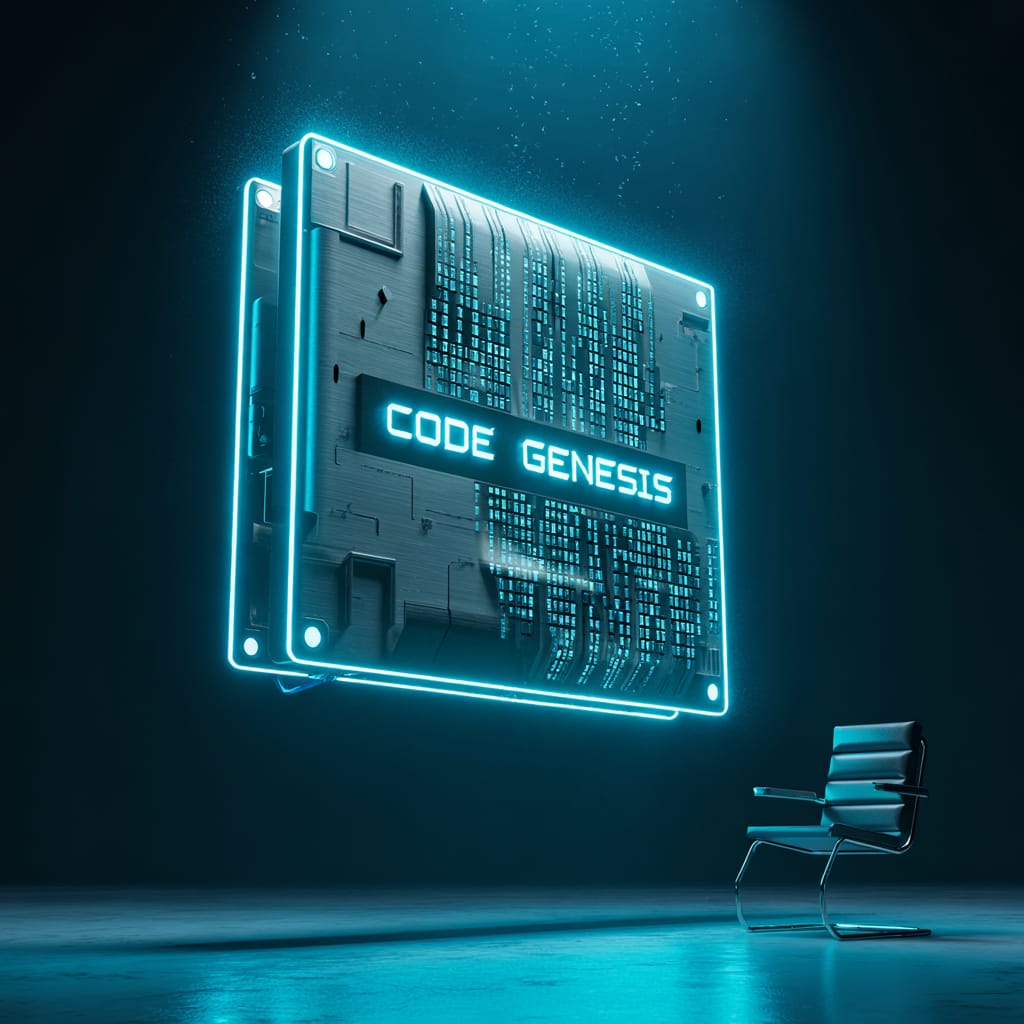Haiku-Inspired Images and High-Intelligence Language
In a world where technology and creativity intertwine, an intriguing form of artistic expression has emerged. It’s a fusion of human imagination and artificial intelligence, where the concise elegance of haiku poetry meets the visual allure of digital imagery. This unique convergence invites us to explore the beauty of language, AI’s creative potential, and the artistry of blending the two.
The Haiku as Poetic Starting Point
Haiku, a traditional form of Japanese poetry, is renowned for its brevity and power. In just a few lines, it captures a moment, an emotion, or a thought, painting vivid mental images with carefully chosen words. The haiku’s concise nature leaves much to the imagination, inviting readers to participate actively in the creation of meaning.
But what happens when we take these haiku, each a gem of linguistic precision, and introduce them to artificial intelligence?
AI’s Creative Canvas
AI has made remarkable strides in understanding and generating human language. Language models, such as GPT-3, have been trained on vast corpora of text, enabling them to process, interpret, and generate language with an uncanny degree of fluency. They don’t just mimic human language; they can extend it, remix it, and create entirely new narratives.
One particularly captivating application of this technology involves generating images from text inputs inspired by haiku poetry. Here’s how it works: A haiku, with its characteristic brevity and evocative language, serves as the textual seed. AI interprets this text, extracts its essence, and weaves it into a visual masterpiece.
The Magic of Dense, Readable Imagery
What emerges from this creative fusion is nothing short of magical. The images rendered through text-to-image generation are characterized by their dense, concise nature. The accompanying text, often just a few words or a brief phrase, serves as both a guide and a puzzle, hinting at layers of meaning yet to be uncovered.
Viewers are presented with visual riddles, puzzles for the mind and the soul. They find themselves immersed in a world where every stroke and color carries significance, where every word serves as a key to unlock the image’s mysteries.
High-Intelligence Language
The language generated by AI in these images is not just fluent; it’s a form of “high-intelligence language.” It showcases a rich vocabulary, an understanding of context, and a penchant for creativity. AI’s language complements the visual elements, enhancing the overall experience.
This high-intelligence language adds depth and complexity to the images, turning them into thought-provoking works of art. It blends seamlessly with the concise text, creating a harmonious synthesis of linguistic and visual expression.
Conclusion: Where Art Meets AI
In the realm where art meets AI, haiku-inspired images crafted with high-intelligence language serve as a testament to human creativity and the limitless potential of technology. These works challenge us to explore the interplay of language and imagery, inviting us to decipher the dense narratives within.
As we contemplate these masterpieces, we marvel at the intricate dance of human and machine, of words and pixels, and we gain a deeper appreciation for the boundless horizons of creativity.
In this artistic journey, we find not just images and words but a profound connection between the realms of human expression and artificial intelligence. It’s a testament to the power of imagination, innovation, and the enduring quest to bridge the gap between the tangible and the ethereal.
In a world brimming with possibilities, these creations remind us that art knows no boundaries and that language, whether human or artificial, can be a bridge to new dimensions of beauty and meaning.

Shop tip
AI language on Amazon
Wishing you continued inspiration and creativity in all your endeavors!
Source OpenAI’s GPT language models, Fleeky, MIB, & Picsart






